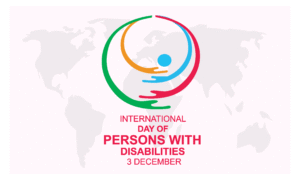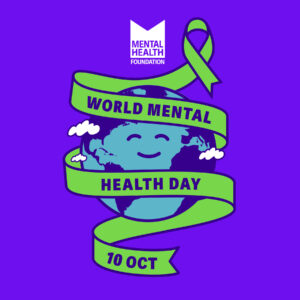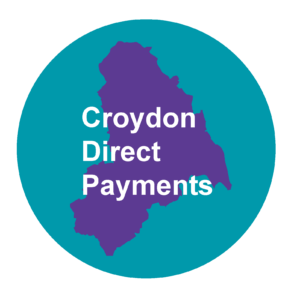Happy Disability Pride Month! Disability Pride Month is a global event that has its origins in the US, where it marks the passing of the Americans with Disabilities Act (ADA) in July 1990 (the UK passed a similar act, The Disability Discrimination Act (DDA) five years later).
Have you seen the Disability Pride Month flag on social media or elsewhere and wondered what the different stripes meant? Flags raise awareness and encourage community and solidarity. What does the Disability Pride Month flag mean?
The Disability Pride Month flag creator, Ann Magill, is a writer who has cerebral palsy. Ann was inspired to create the flag after attending a 20th-anniversary event for the ADA and was disappointed to find that the celebrations were hidden away in a basement and on the grounds of an independent living centre, instead of out in public for everyone to see. Ann’s original 2019 flag had a zigzag motif, representing how disabled people creatively overcome barriers. The original flag was shown to cause accessibility issues for those with photosensitivity, seizures and migraines, so working together with the disability community, a new flag was created in 2021, which is used today.
The new flag has evolved to become more inclusive of diverse disabilities. The new flag’s stripes represent intercommunal solidarity. The band of stripes cut diagonally across the flag, representing disabled people cutting across barriers they face. It also represents light cutting through the darkness. Magill is quoted as saying that the diagonal stripes contrast the vertical walls and horizontal ceilings that keep disabled people isolated.
The colours of the stripes symbolise different disabilities.
In order of appearance from top to bottom:
- Green – sensory disabilities
- Blue – mental illness
- White – hidden and undiagnosed disabilities
- Gold – neurodiversity
- Red – physical disabilities.
The faded black background of the flag commemorates and mourns disabled people who have died due to ableism, violence, negligence, suicide, rebellion, illness and eugenics. The dark background also represents rage and protest against the mistreatment of disabled people. According to Magill, the faded black colour is also a nod to the pirates’ Jolly Roger flag and the rebellion it symbolises.







